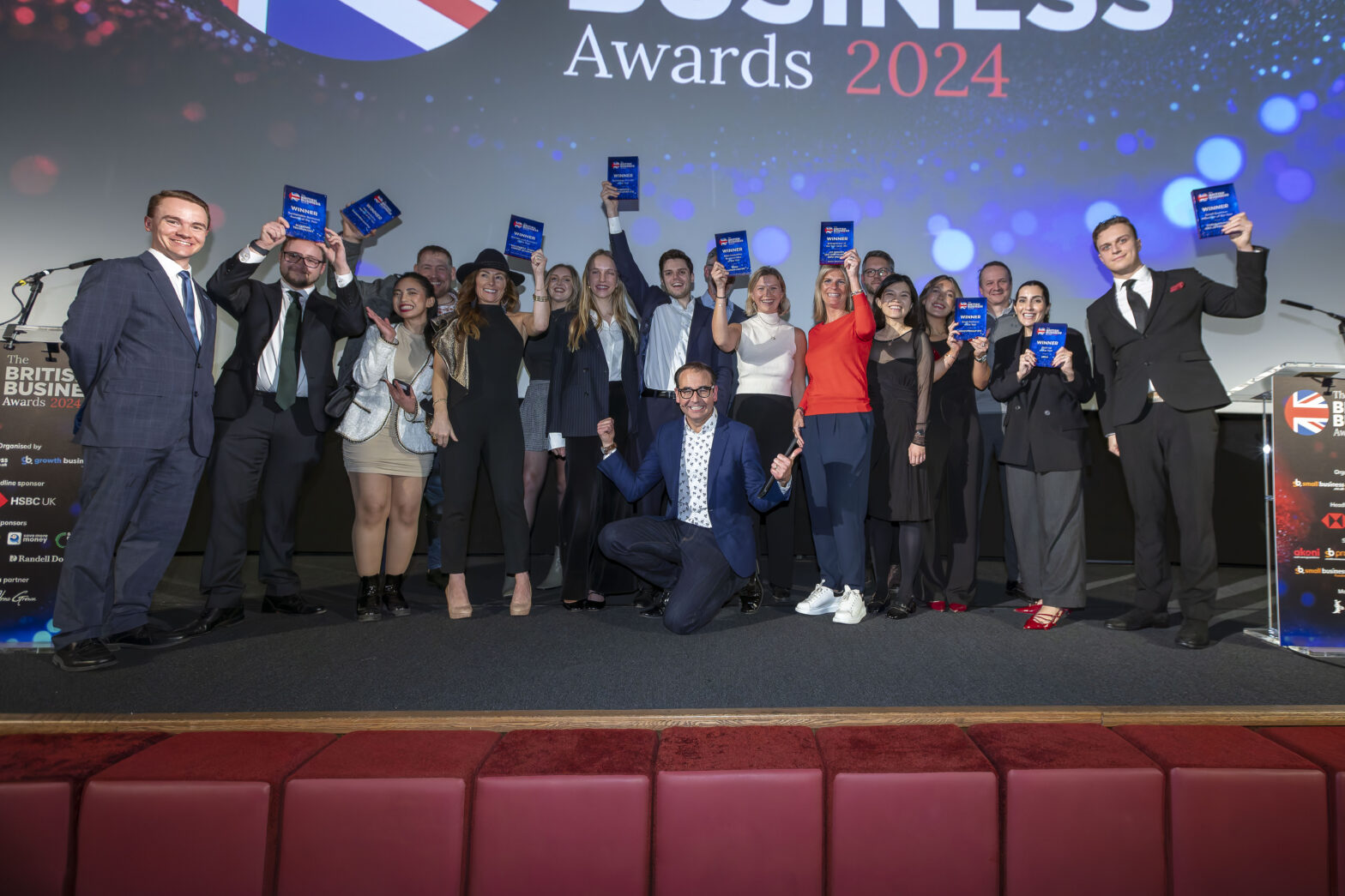A quarter of software applications are counterfeit, according to the Business Software Association and are liable to contain glitches that render them less than useful. The biggest of all software providers Microsoft has recently begun cracking down on piracy of its software and is prosecuting resellers and businesses of all sizes.
The software giant is sending out the message that seemingly fantastic offers on the internet or auction websites for as little as a tenth of the regular price are more than likely pirated and illegal.
‘Technology is a vital investment for any small firm. But it is an expense and the temptation to opt for the cheapest might not always be the best decision,’ comments Clare Barclay, head of small business for Microsoft. ‘Counterfeit software can be one of the most costly investments – your company’s reputation could be fatally wounded if your systems fall over, leaving customers wondering whether your firm is reliable or not.’
Microsoft has produced the following top five tips to help small businesses buy genuine software:
1. Buy from a reputable source – Only buy from reputable retailers recommended by the software vendor – if the price looks too good to be true, then it probably is.
2. Avoid ‘Warez’ – There are some telltale signs that the offer isn’t all it might be: vague descriptions of the software, packages supplied from websites based overseas, bundles of software offered on one disc from several suppliers, and the telltale word that signifies the software has been hacked and illegally distributed – it is described as ‘Warez’.
3. Examine the packaging closely and look for a Certificate of Authenticity (COA) – Some pirated software can look quite authentic so do take time to examine the packaging closely. A fake is usually easy to spot if you compare it to one you know to be genuine. For example, Microsoft puts more anti-counterfeiting technology into its Certificate of Authenticity than the Royal Mint puts into its banknotes, and a cheaply-manufactured fake certificate on your CD case is usually obvious by comparison.
4. Research auction sites thoroughly before buying – It can be hard to distinguish between the real and fake when an auction has five minutes to run and you are hoping for a bargain. Use the same principles – think about who is selling, whether it’s local, and if the licence is appropriate – before being tempted. Check that the auction site actively polices the sellers who post auctions. No site can ever do this perfectly, but – for example – eBay has since 1997 run a programme called VeRO (Verified Rights Owner) that searches automatically for the signs of a fake product in the description, so that you don’t have to.
5. Consider turning to a locally based technology consultant for advice and assistance – A small business technology specialist can provide advice to help you save money and show you how IT can make a difference to your company.





